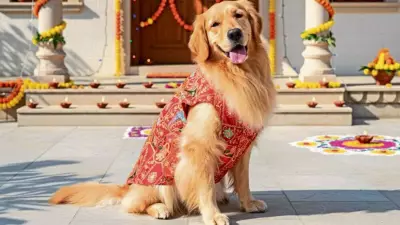
The 1990s marked a revolutionary period in India's history, not just economically but socially. As the country opened its markets to globalization, a quiet transformation was unfolding in the pages of women's magazines that would forever change what it meant to be an Indian woman.
The Dawn of a New Era
When economic liberalization swept through India in the early 1990s, it didn't just bring foreign products and investments. It ushered in a new cultural consciousness that women's magazines like Femina, Women's Era, and Savvy expertly captured and amplified.
These publications became the unexpected architects of modern Indian femininity, carefully balancing traditional values with emerging aspirations.
Redefining the Domestic Sphere
While household management remained a core theme, magazines began framing domesticity differently. Cooking wasn't just about feeding families anymore—it became about "smart kitchen management" and "time-efficient meal planning" that freed women for other pursuits.
Beauty and fashion coverage evolved from mere grooming to professional presentation and self-confidence building—essential tools for women entering the workforce.
The Working Woman Revolution
Magazines actively championed the concept of the career woman, featuring:
- Success stories of female professionals
- Guidance on workplace etiquette and challenges
- Strategies for balancing career and family
- Financial independence as a form of empowerment
Navigating Modern Relationships
Perhaps most strikingly, these publications opened conversations about relationships that were previously taboo. They addressed:
- Companionate marriage versus arranged marriages
- Negotiating household responsibilities with partners
- Managing intergenerational expectations
- Dating and romance in changing times
The Delicate Balance
What made this transformation remarkable was how magazines maintained cultural continuity. They presented modernity not as a rejection of Indian values but as an evolution that honored tradition while embracing progress.
The "new Indian woman" they envisioned could pursue a career while maintaining family harmony, express individuality while respecting cultural norms, and seek personal fulfillment without abandoning her roots.
Lasting Impact
This media-driven redefinition of Indian womanhood created the foundation for generations to come. The conversations started in 1990s magazine pages continue today, having paved the way for contemporary discussions about women's rights, equality, and empowerment in India.
The magazines of the liberalization era didn't just report on change—they actively constructed a new reality for Indian women that continues to resonate decades later.





